Category: Physicians Giving Back
-
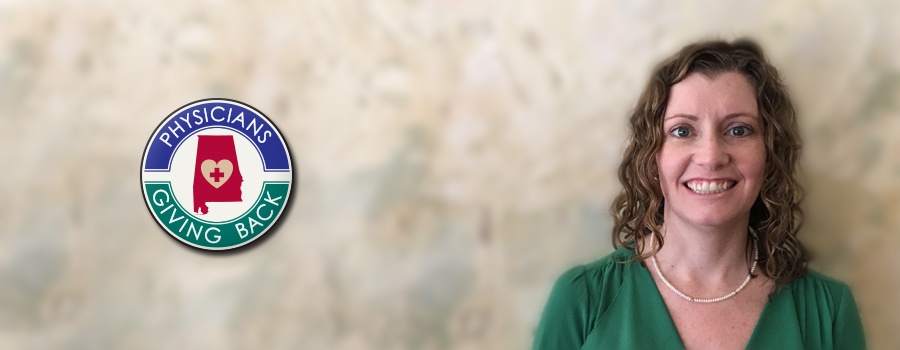
Breathing Easier with Amy CaJacob, M.D.
BIRMINGHAM – The most recent Alabama data find one in every 10 Alabama adults, or 306,000, suffer from asthma. The data also show more than 12 percent of Alabama children are living with the chronic respiratory disease at some point in their lives. Unfortunately, these children live sheltered lives trying to avoid the triggers that…
-
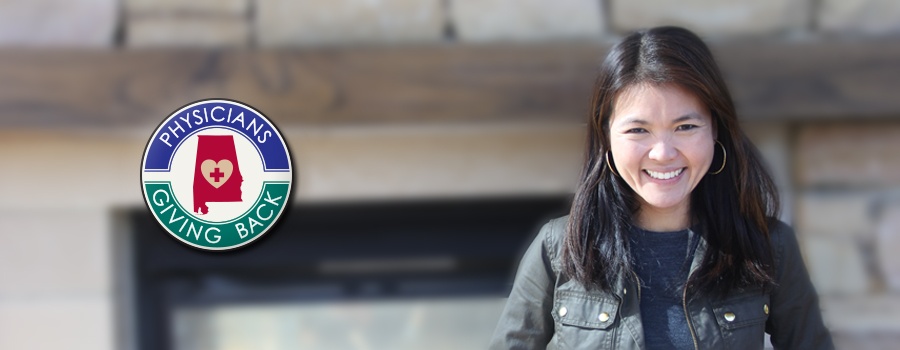
Creating a World Where Every Person Matters with Michele Kong, M.D.
BIRMINGHAM — When Michele Kong was a little girl growing up in Malaysia, she knew the world was filled with both wonder and danger. She surprised herself and her family when she managed to kill a not-so-small python that slithered into their home. She laughs now remembering the incident, but she said someone had to…
-
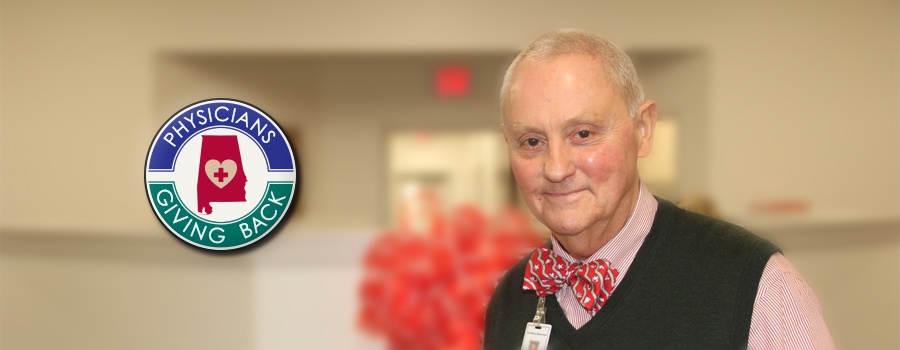
The Many Hats of Richard Freeman, M.D.
OPELIKA — Dr. Richard Freeman’s office at Pediatric Associates of Auburn (which includes Drs. Ellen Royal, Rian Anglin and Katie Wolter) overlooks beautiful woods where wild turkeys have been known to roam. Inside his office are keepsakes of his past from photos of his time in the U.S. Navy to an identical propeller from a…
-

-
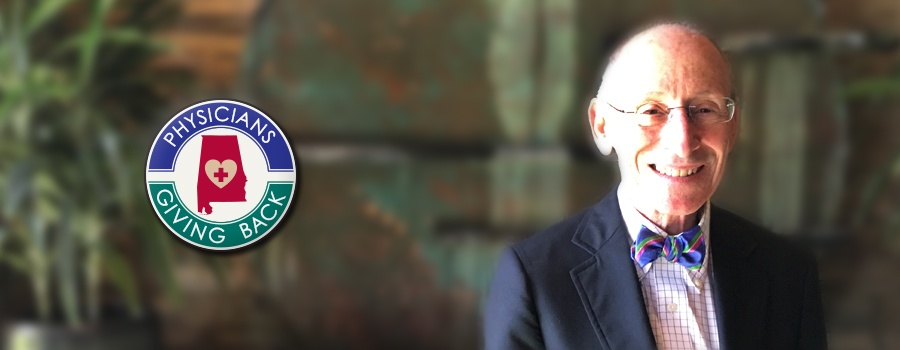
-
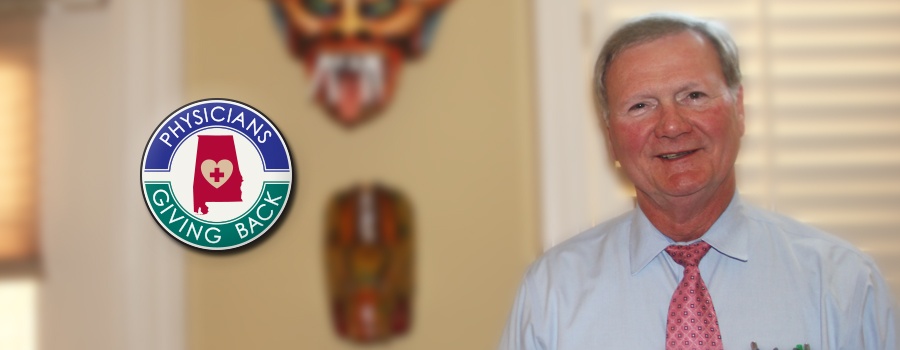
Everybody’s Got a Story with Steven Stokes, M.D.
DOTHAN – Steven Stokes, M.D., grew up on a small farm in rural Alabama, which means he has lots of stories to tell about life in the country…with cows, the 4-H Club and football…all woven together with a closely knit family that seemed to get the better of him whether he liked it or not.…
-

Still the New Guy with Mayor Howard Rubenstein, M.D.
SARALAND – A native of Chicago, Howard Rubenstein moved to Saraland in 1985 after he completed his residency. He dabbled in civic organizations at first before diving in head first as he learned just how much he enjoyed his community and the people in it. A thriving family practice, to the Lion’s Club, to the…
-

-
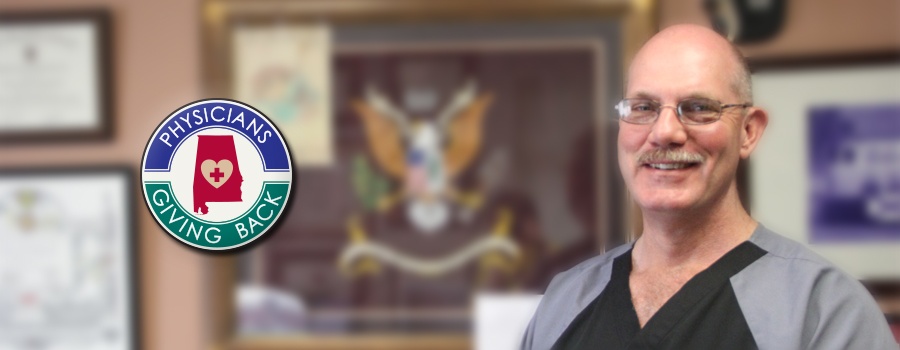
The Accidental General with Gen. Shane Lee, M.D.
MARION – The city of Marion is an old town rich in Alabama history that pre-dates the Civil War. It’s home to many antebellum homes, Judson College and Marion Military Institute, the nation’s oldest military junior college. Few people may know that a young Coretta Scott, born and raised in Marion, wed her husband, Rev.…
-
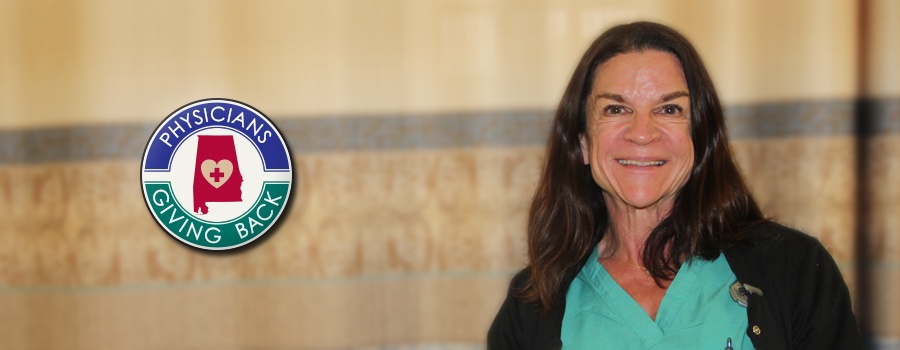
Always Do Something You Enjoy with Suzanne Blaylock, M.D.
TUSCUMBIA – When you walk into Dr. Suzanne Blaylock’s office at the Helen Keller Pavilion, there’s a medical journal on her desk, paused and waiting for her to return to continue reading the most recent article. On the wall behind her chair are framed reminders of why she choose anesthesiology as her specialty – awards…